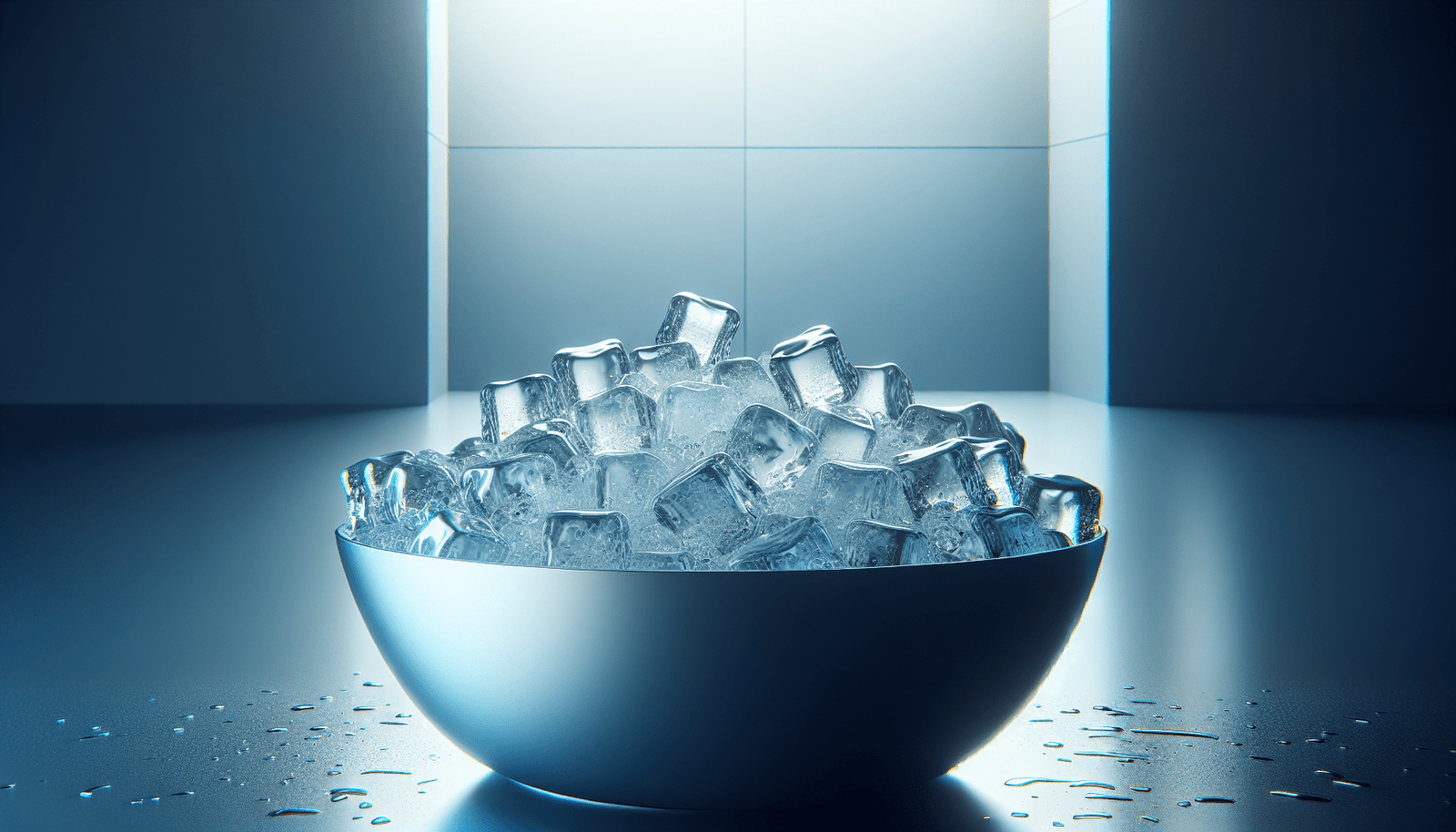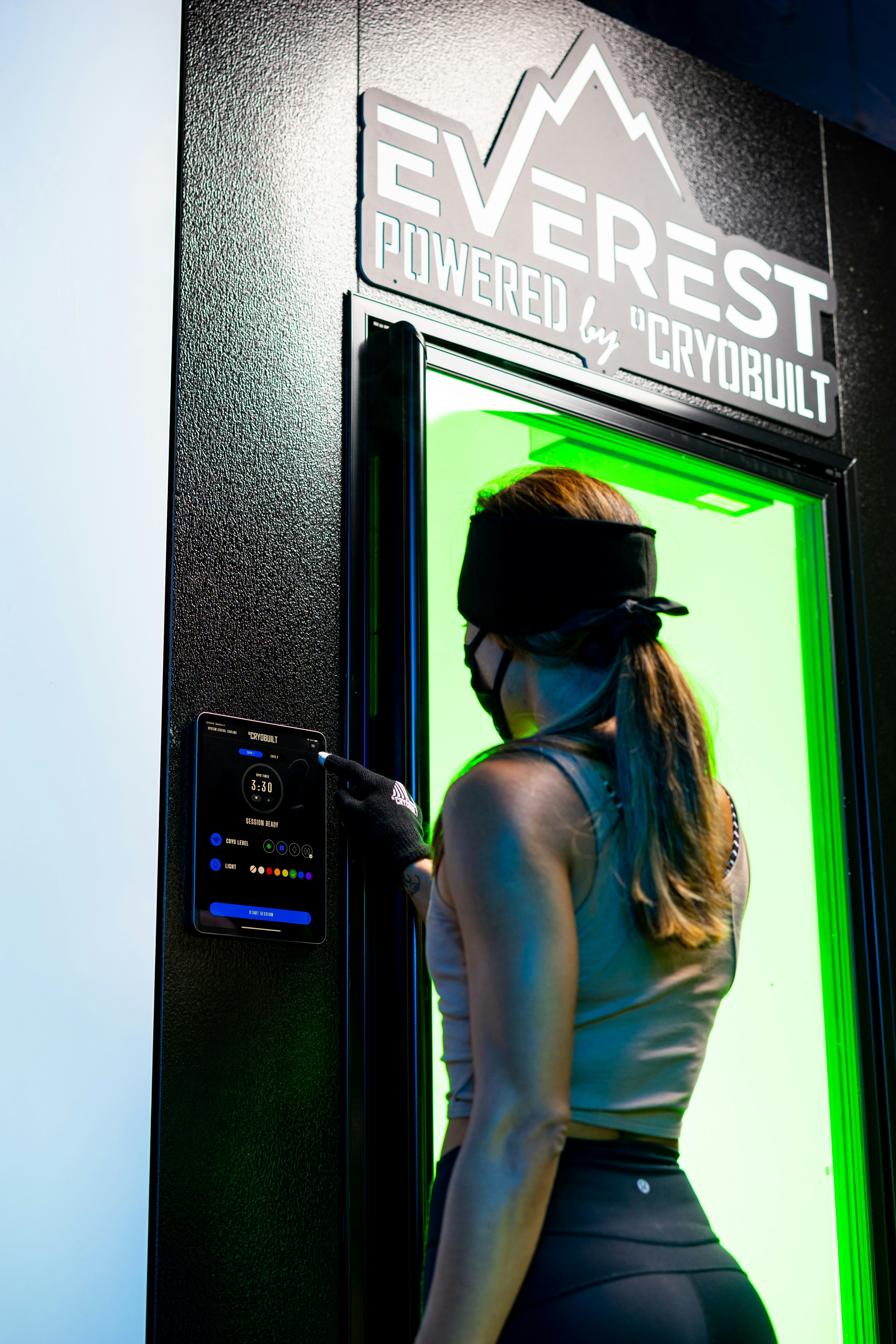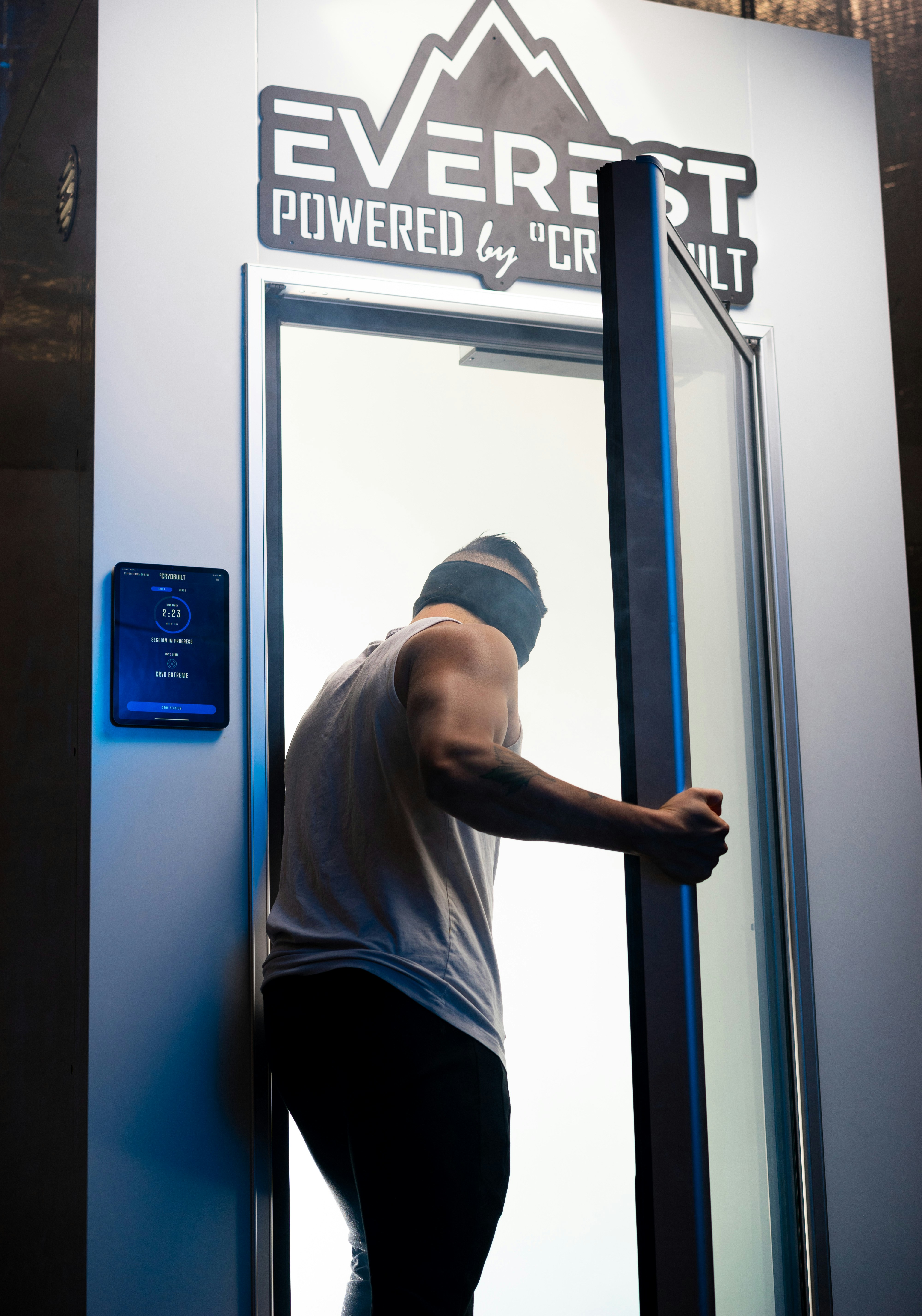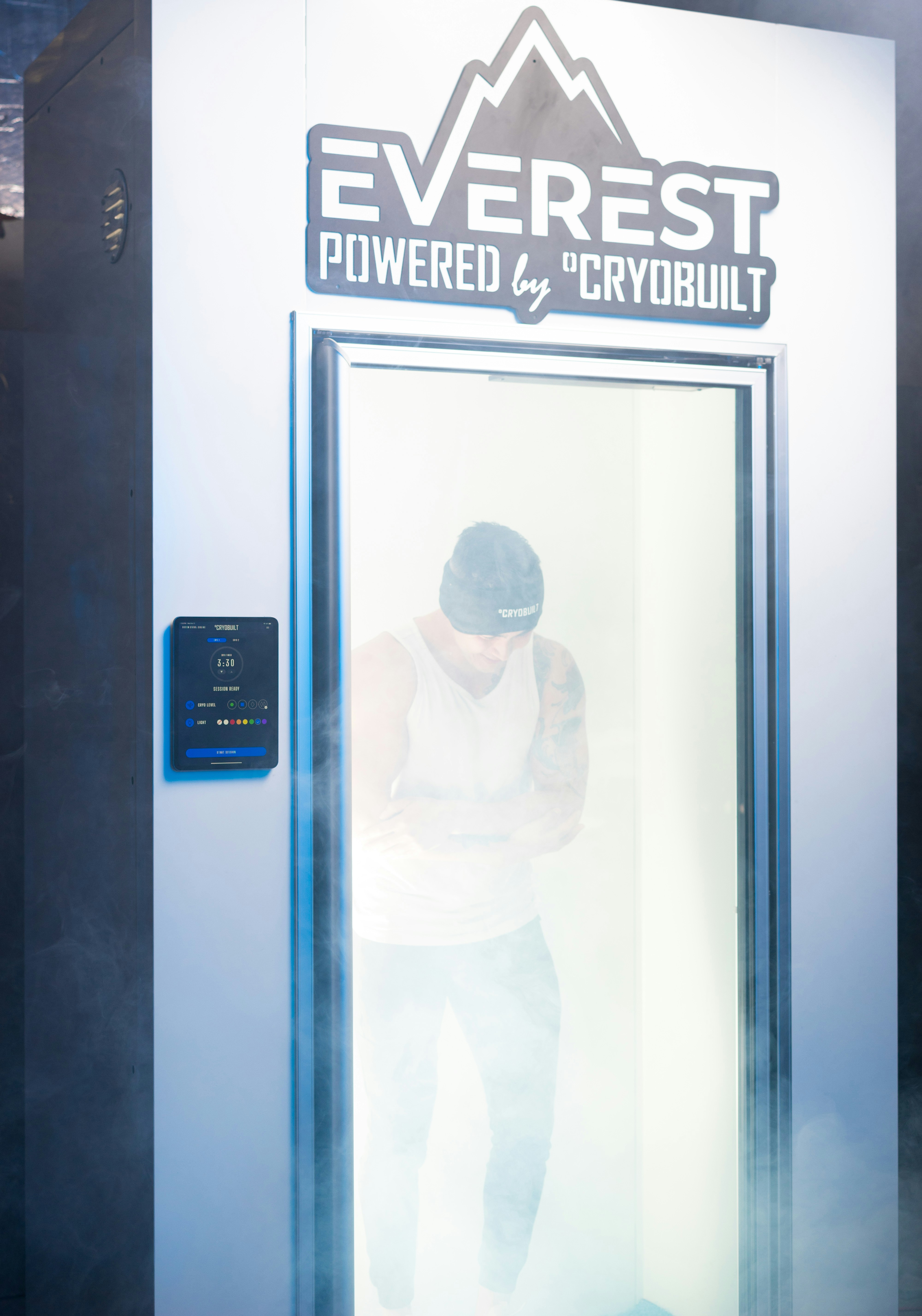Have you ever felt that deep burn in your muscles after an intense workout and wondered if there’s a way to ease that discomfort more quickly? If so, you’re not alone. Many fitness enthusiasts and athletes seek effective recovery methods to alleviate muscle soreness and enhance their performance. One popular technique that has gained traction over the years is cold therapy. But what exactly is cold therapy, and how does it help in reducing blood lactate levels post-exercise? Let’s explore this together.
Understanding Blood Lactate and Its Role in Exercise
Before we delve into cold therapy, it’s important to understand what blood lactate is and its significance in exercise. When you engage in intense physical activity, your body relies on anaerobic metabolism to produce energy quickly. This process leads to the accumulation of lactate in your muscles and bloodstream.
What is Blood Lactate?
Blood lactate is a byproduct of anaerobic metabolism, which occurs when your body breaks down carbohydrates for energy without the use of oxygen. During high-intensity exercises, your muscles produce lactate faster than it’s removed, leading to an accumulation. This is often associated with muscle fatigue and the familiar “burn” sensation you might feel during a tough workout.
Why Do Blood Lactate Levels Matter?
Elevated blood lactate levels can limit your performance and delay recovery. The faster you can clear lactate from your bloodstream, the quicker your muscles can recover, allowing you to return to your training regimen with full force. Understanding how to manage these levels could provide a significant advantage in your fitness journey.
The Science Behind Cold Therapy
Cold therapy, also known as cryotherapy, involves the use of low temperatures to treat various medical conditions, including muscle soreness and inflammation. But how does exposing your body to cold temperatures help with blood lactate reduction?
The Physiological Effects of Cold Therapy
When you apply cold to your body post-exercise, it causes your blood vessels to constrict—a process known as vasoconstriction. This reduces blood flow to the treated area, which can help minimize swelling and inflammation. As you warm up after the treatment, your blood vessels dilate, increasing blood flow and promoting the clearance of waste products like lactate from your muscles.
Types of Cold Therapy Techniques
There are several ways you can leverage cold therapy for recovery. Some of the most common methods include:
- Ice Baths: Submerging your body in a tub filled with ice water.
- Cold Showers: Taking a shower with cold water to stimulate recovery.
- Ice Packs: Applying ice directly to sore muscles.
- Cryotherapy Chambers: Specialized equipment that exposes your body to extremely cold temperatures for brief periods.
Each method has its own advantages and can be chosen based on personal preference and availability.
How Cold Therapy Reduces Blood Lactate Levels
The connection between cold therapy and blood lactate reduction is closely tied to the physiological responses your body undergoes during the treatment. Let’s break it down further.
Enhanced Circulation
The alternating process of vasoconstriction and vasodilation enhances circulation throughout the body. Once blood flow increases post-therapy, it facilitates the removal of lactate and other metabolic waste products from your muscles, accelerating recovery.
Reduced Inflammation
Cold therapy is well-known for its anti-inflammatory properties. By reducing inflammation, it alleviates pressure in the muscle tissues, allowing for better circulation and more effective lactate clearance.
Muscle Recovery and Repair
By lowering the metabolic rate and decreasing the amount of oxygen your muscles need while at rest, cold therapy allows your body to focus more resources on muscle repair. This helps in restoring muscle function more efficiently, further reducing the lingering effects of lactate buildup.
Incorporating Cold Therapy into Your Routine
If you’re intrigued by the potential benefits of cold therapy, you might be wondering how to incorporate it into your post-exercise routine. Here’s a simple guide to help you get started.
Timing and Duration
For optimal results, it’s typically recommended to apply cold therapy immediately after exercising. The duration can vary depending on the method chosen. For instance, ice baths might last between 10 to 15 minutes, while cold showers could be as short as 5 minutes.
Safety and Precautions
While cold therapy can be incredibly beneficial, it’s important to heed some safety precautions:
- Avoid Prolonged Exposure: Overexposure to extreme cold can lead to frostbite or tissue damage.
- Monitor Your Body: Be aware of how your body responds. If you experience excessive numbness or discomfort, it’s best to stop the therapy.
- Consult a Professional: Before starting any new recovery technique, especially if you have pre-existing health conditions, consult with a healthcare provider.
Combining with Other Recovery Techniques
Cold therapy works well in conjunction with other recovery methods like stretching, hydration, and proper nutrition. For instance, pairing cold therapy with a balanced meal can help replenish glycogen levels, providing your muscles with the nutrients they need to recover.
Real-World Applications and Studies
Over the years, many athletes and researchers have explored the effects of cold therapy on performance and recovery.
Evidence from Research
Numerous studies have shown promise in using cold therapy to reduce blood lactate levels and improve recovery times. For example, research has indicated that athletes who use ice baths post-exercise tend to experience less muscle soreness and quicker recovery than those who don’t.
Athletes and Cold Therapy
Many professional athletes incorporate cold therapy into their training routines. Sports figures like long-distance runners, cyclists, and football players often tout the benefits of ice baths for maintaining peak performance and reducing downtime.
Common Myths and Misconceptions
Like any well-known recovery method, cold therapy is surrounded by myths and misconceptions. Let’s address some of them:
“Cold Therapy is Painful”
While the initial shock of cold can be uncomfortable, many people find that the sensation becomes much more tolerable after a few minutes. Some even describe a subsequent feeling of relaxation and relief.
“It’s Only for Professionals”
Cold therapy is not exclusive to elite athletes. Anyone engaging in regular physical activity can benefit from its recovery properties. It’s all about finding the method that fits best into your lifestyle and comfort level.
“Hot Therapy is Better”
Both hot and cold therapies have their place in recovery. Cold therapy is typically more effective for acute injuries and inflammation, while heat is often used to relieve chronic muscle stiffness. Using them together strategically can yield the best recovery results.

Frequently Asked Questions About Cold Therapy
Here are some common inquiries people have when considering cold therapy for the first time:
| Question | Answer |
|---|---|
| Can I use cold therapy every day? | Yes, as long as you’re listening to your body and not experiencing any adverse effects. |
| Should I stretch before or after cold therapy? | It’s best to stretch after cold therapy for optimal muscle relaxation. |
| How soon after exercise should I do cold therapy? | Aim to start cold therapy within 30 minutes of completing your workout. |
| Is a cryotherapy chamber better than an ice bath? | Both are effective; the choice depends on personal preference and availability. |
Conclusion
So, next time you’re winding down from a strenuous workout, considering cold therapy might be a good call. By incorporating it into your recovery routine, you can potentially reduce blood lactate levels, improve muscle recovery, and prepare your body for the next challenge. While the icy shock might take some getting used to, the benefits could make it worthwhile. Remember, the key is finding a recovery method that aligns with your personal goals and needs. Your muscles will surely thank you for the extra care!





